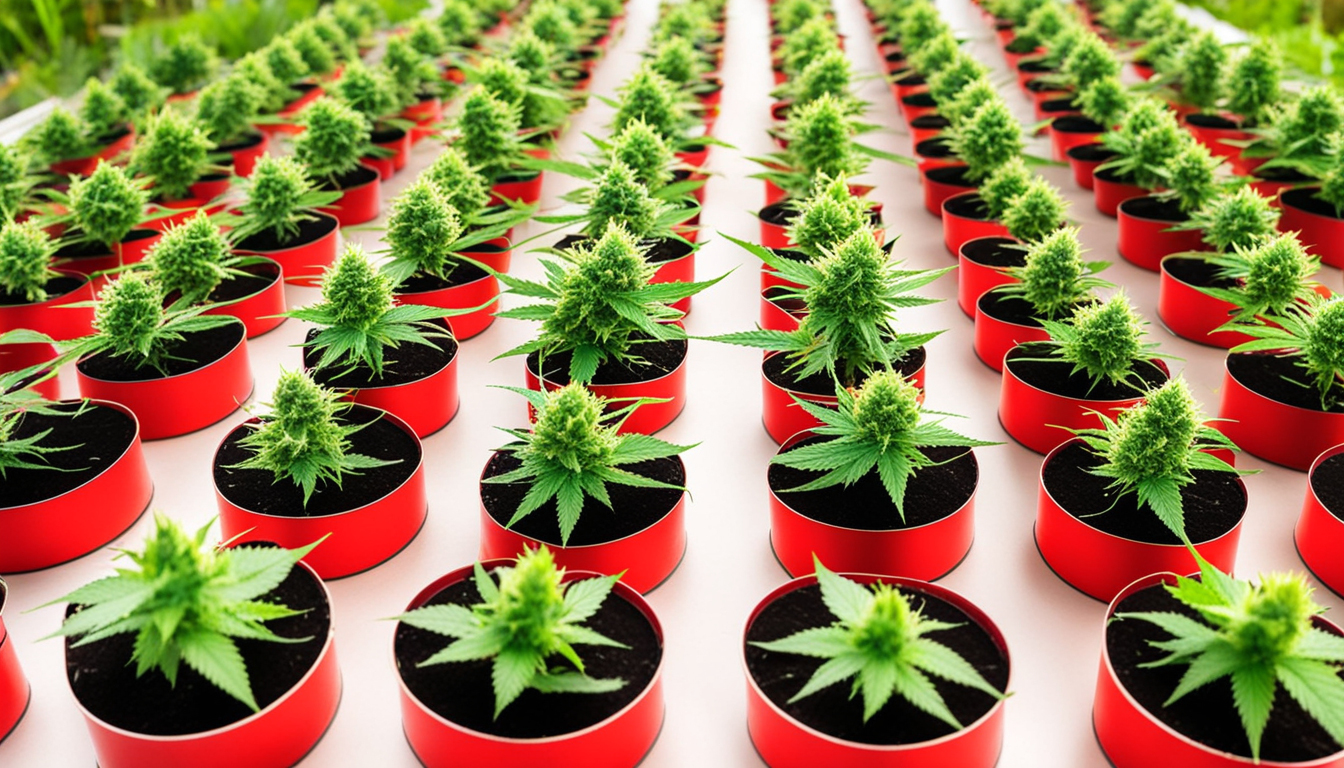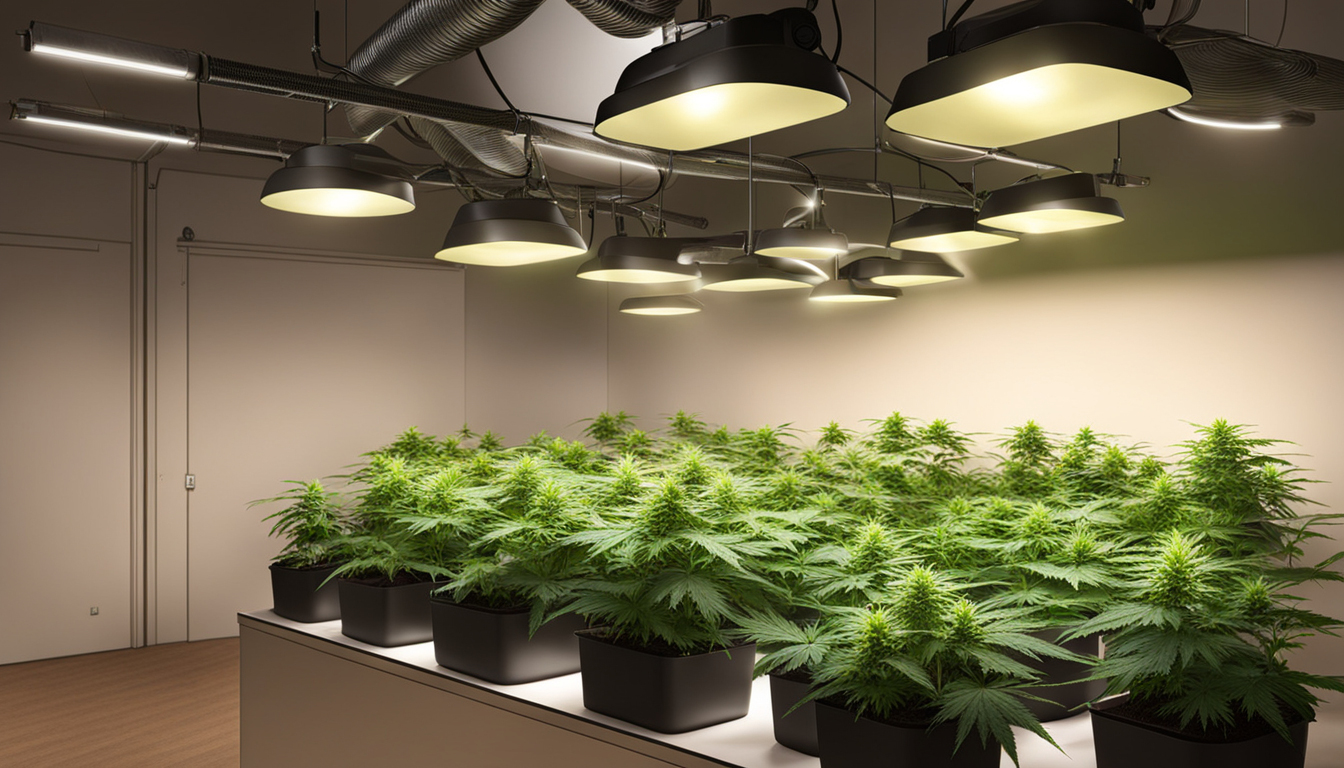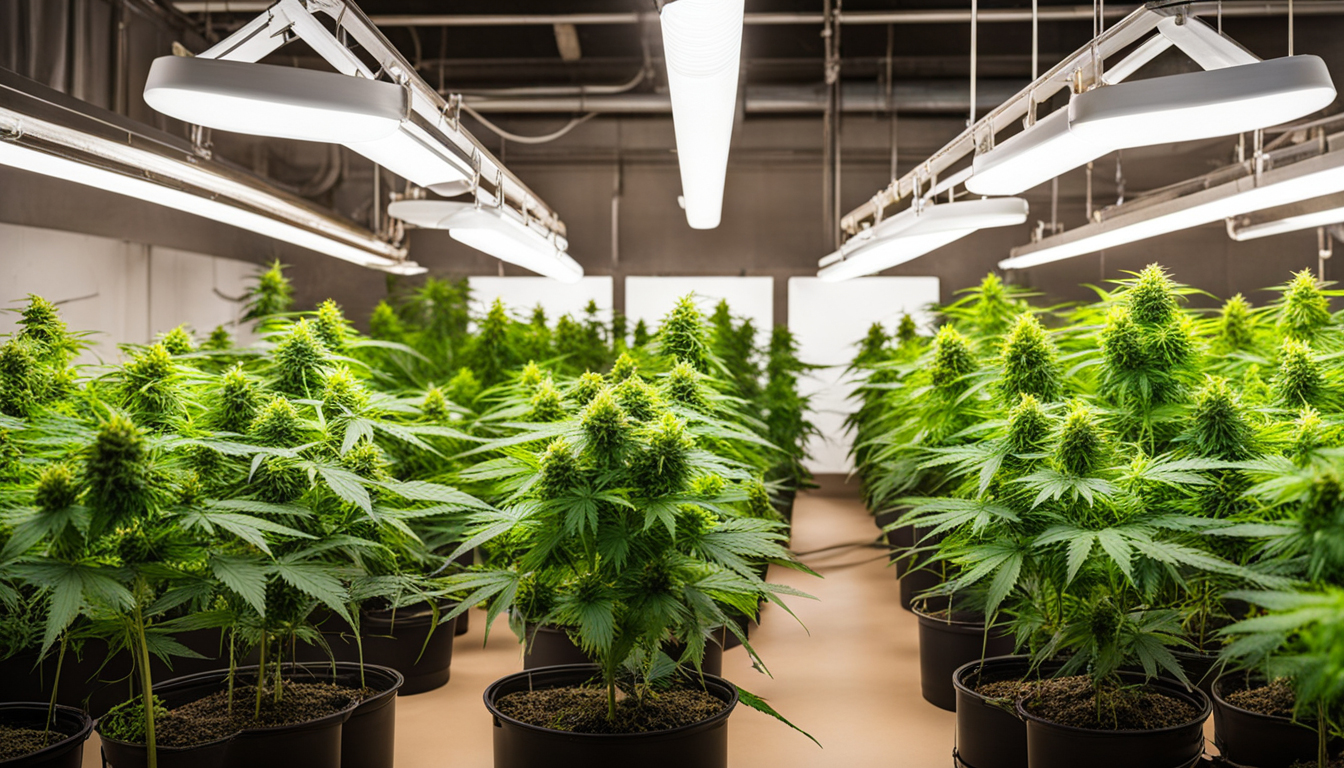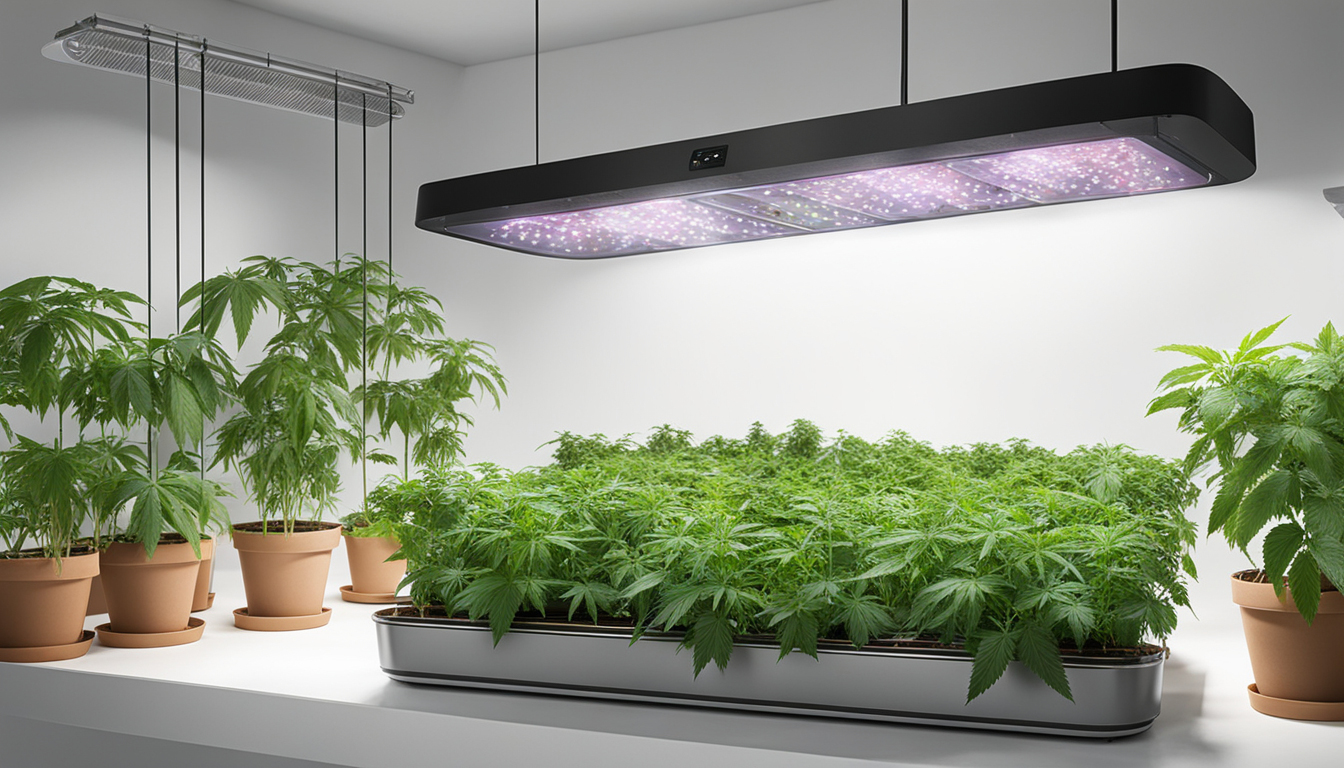
Whether you're new to weed production or looking to improve your existing harvest, following this complete guide will help you produce large, high-quality yields right at home. With the right equipment, methods, and attention, cultivating pot indoors can be an extremely rewarding and cost-effective endeavor.
Choosing Weed Strains
The first step in planning your indoor crop is choosing the right pot cultivars to produce. The three main types of pot plants each have their own characteristics.
Sativas
Known for their invigorating mental effects, these strains spread tall and slender with narrow leaves. They flourish in tropical equatorial climates and have a longer flowering time between 10-12 weeks indoors. Top sativa strains include Sour Diesel, Durban Poison, and Jack Herer.
Indicas
Indicas provide relaxing body-focused effects and spread short and bushy with wide leaves. Accustomed to colder mountain climates, they bloom faster within 2-2.25 months. Popular relaxing varieties include Northern Lights, Bubba Kush, and Bubba Kush.
Mixed strains
Mixed varieties mix traits from both energizing strains and relaxing strains. They offer blended effects and have medium blooming times around 2.25-2.5 months. Popular mixes are Blue Dream, OG Kush, and Blue Dream.

Setting Up Your Cultivation Space
Marijuana plants need the right controlled environment to thrive. Key factors for indoor farms are lighting, airflow, layout, and finding the ideal discreet area.
Location
Choose an empty space with easy access to irrigation and power outlets. An empty extra bedroom, unused closet, basement corner, or grow tent securely placed in a garage all make great hidden grow room spots.
Lighting
Cannabis requires powerful light for all vegetative stages. LED grow lights are energy-efficient and come in broad spectrum options simulating natural outdoor light. Provide 15-25 watts per sq. ft for the growth stage and 20-40 watts per sq. ft. for bloom.
Ventilation
Proper ventilation and exhaust systems keep ideal temperature, moisture, and pure CO2 levels. Set up quiet 10-15 cm blowers or carbon filters to circulate stale air and eliminate smells.
Layout
Maximize your space by positioning plants carefully under the lights and allowing room to access and work around them. Set up separate zones for growth, flowering, curing, and cloning.

Growing Mediums
Pot can be grown in various mediums, each with benefits and cons. Pick a suitable option for your particular setup and cultivation style.
Soil
The classic substrate, soil is affordable and simple for new growers. It provides great taste but requires more watering and nutrients to nourish plants. Enrich soil with perlite or coco to improve drainage.
Coconut coir
Made from coconut husks, renewable coconut fiber retains water but still lets in air to the roots. It's more sterile and more predictable than soil. Use coir-specific nutrients to avoid accumulation.
Hydroponics
In hydro systems, plant roots develop directly in nutrient irrigation solution. This enables rapid development but needs careful monitoring of solution chemistry. Deep water culture and irrigation systems are common techniques.
Sprouting Seeds
Sprouting activates your marijuana seeds to start sprouting taproots. This readies them for transplanting into their growing medium.
Towel Method
Put seeds between damp paper towels and maintain them damp. Check after 2-7 days for growing taproots showing sprouting is complete.
Direct Planting
Insert seeds right into wetted growing medium 1⁄4 inch deep. Gently water and wait 7-14 days until seedlings push through the surface.
Cubic rockwool
Soak rockwool cubes in balanced water. Insert seeds 6mm deep into the cubes. Keep cubes wet until seedlings emerge within 1-14 days.
Repotting Young plants
Once sprouted, marijuana young plants need to be transplanted to avoid overcrowding. Move them into proper sized pots.
Ready Containers
Fill final pots with cultivation medium enriched with time-released fertilizer. Allow containers to absorb water for 8-12 hours before repotting.
Gently repotting
Carefully separate Learn More seedling roots from germination medium using a spade. Put into pre-soaked container at same depth as before and lightly water in.
Vegetative Stage
The growth stage encourages foliage and plant form through 3/4 to full day of continual light exposure. This stage usually lasts 4-8 weeks.
Providing 18-24 Hours of Light
Use lamps on a 24 daily schedule or outdoor light to initiate nonstop growth. Light Discover More intensity influences size and internodal spacing.
Nutrients
Use grow stage fertilizers richer in N. Make sure pH remains around 5.8-6.3 for full fertilizer uptake. Fertilize 25-50% concentration after 14 days and strengthen slowly.
LST and topping
Fimming, LST, and trellising direct shoot shapes for even canopies. This increases yields.

Flowering Stage
The blooming stage grows buds as plants reveal their sex under a 12/12 light timing. It lasts 2-3 months depending on strain.
Changing Light Schedule
Change lamps to 12/12 or move outdoors for outdoor 12 hour cycle. This signals plants to start blooming.
Flushing
Leaching removes nutrient salts to improve taste. Feed lightly the first weeks then just use plain water the last 2 weeks.
Flushing
Maintain 12/12 light timing but flush using neutral pH water only. Return to plain watering if buds aren't ripe after two weeks.
Reaping
Knowing when cannabis is completely mature delivers maximum potency and aroma. Cut down plants at peak maturity.
Signs of readiness
Look for swollen calyxes, faded pistils, and 5-15% cloudy trichs. Inspect buds across the plant as they won't all mature evenly.
Cutting Plants
Use sterilized, razor-sharp trimming scissors to carefully slice each plant at the base. Leave several inches of stalk attached.
Drying
Hang intact plants or branches inverted in a lightless room with average temp and humidity around 50-60% for 1-2 weeks.
Curing
Aging keeps drying while improving the buds like fine wine. This process mellows bitterness and intensifies cannabinoid contents.
Jars and Humidity
Trim cured buds from stems and store into sealed containers, filling about 75% capacity. Use a hygrometer to monitor container humidity.
Opening jars daily
Open containers for a short time daily to gradually lower moisture. Remoisten buds if RH drops below 55%.
Final Cure
After 14-21 days when humidity levels off around 55-65%, perform a last trim and keep long-term in airtight jars.
Common Problems and Solutions
Even seasoned Click Here growers run into different weed plant problems. Detect issues soon and address them correctly to maintain a strong garden.
Nutrient Deficiencies
Chlorosis often indicate inadequate nitrogen. Purpling stems and leaves show low phosphorus. Check pH and boost nutrients slowly.
Pests
Thrips, aphids, fungus gnats, mites, and root aphids are common marijuana pests. Use neem oil sprays, ladybugs, and yellow traps for natural control.
Powdery mildew
High humidity promotes powdery mildew and root rot. Improve airflow and venting while lowering RH under 50% during flowering.

Conclusion
With this complete indoor marijuana growing guide, you now have the info to grow plentiful potent buds for private grows. Apply these steps and techniques during the germination, growth, and flowering stages. Spend in good gear and closely monitor your plants. In time, you'll be rewarded with frosty fragrant buds you raised yourself under the patient guidance of your green thumbs. Happy growing